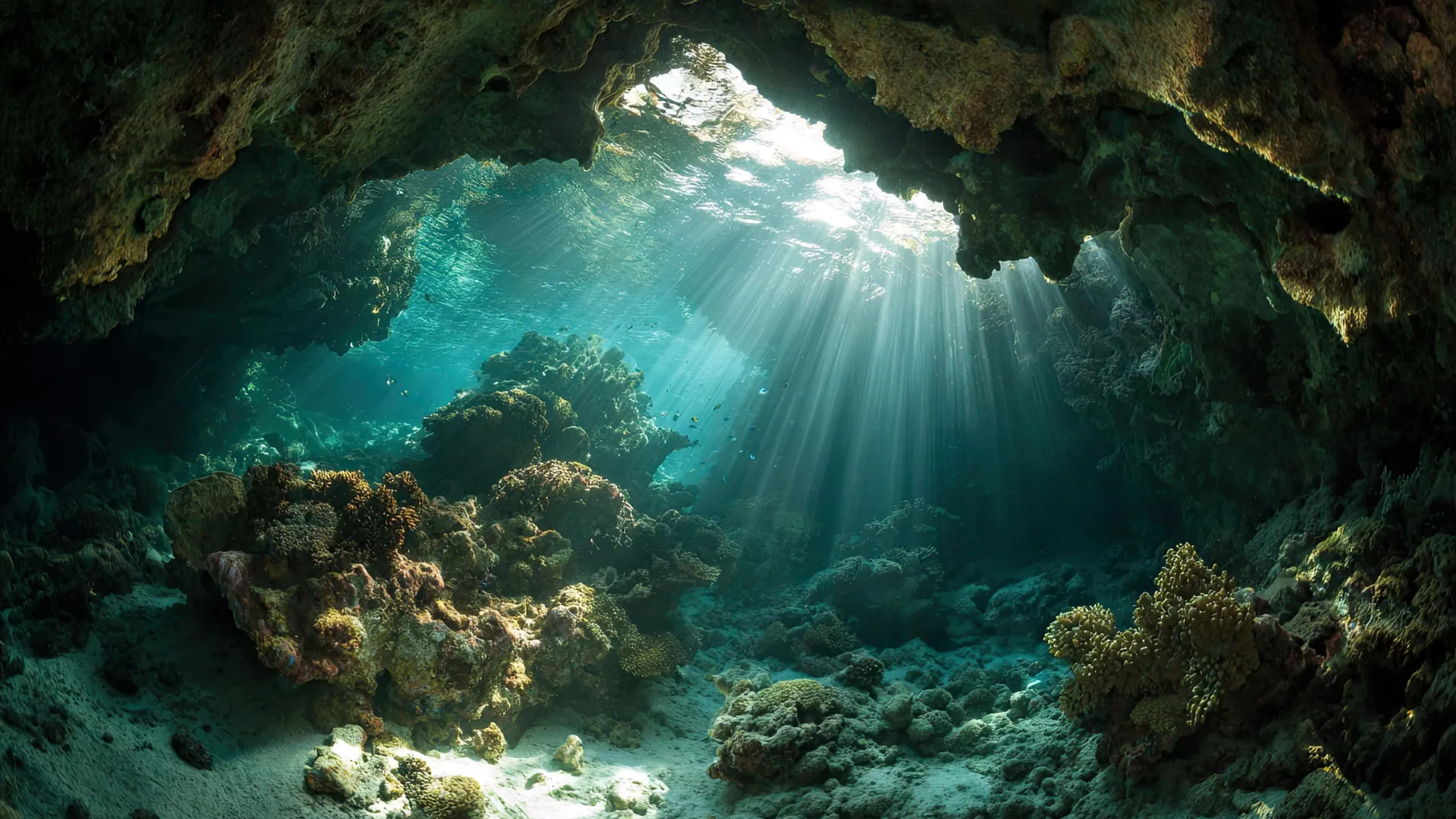New research shows that coral reefs do more than support fish and other visible marine species. They also help organize the daily timing of microscopic organisms living in nearby waters. Over the course of a single day, both the abundance and the…
Category: 7. Science
-
The Sky This Week from Jan. 9 to 16: Jupiter at opposition – Astronomy Magazine
- The Sky This Week from Jan. 9 to 16: Jupiter at opposition Astronomy Magazine
- What’s Up: January 2026 Skywatching Tips from NASA NASA Science (.gov)
- Jupiter reaches closest point to Earth this week: Here’s when and where to look in central…
Continue Reading
-

Why is Trump interested in Greenland? Look to the thawing Arctic ice | Gaby Hinsliff
Another week, another freak weather phenomenon you’ve probably never heard of. If it’s not the “weather bomb” of extreme wind and snow that Britain is hunkering down for as I write, it’s reports in the Guardian of reindeer in the Arctic…
Continue Reading
-
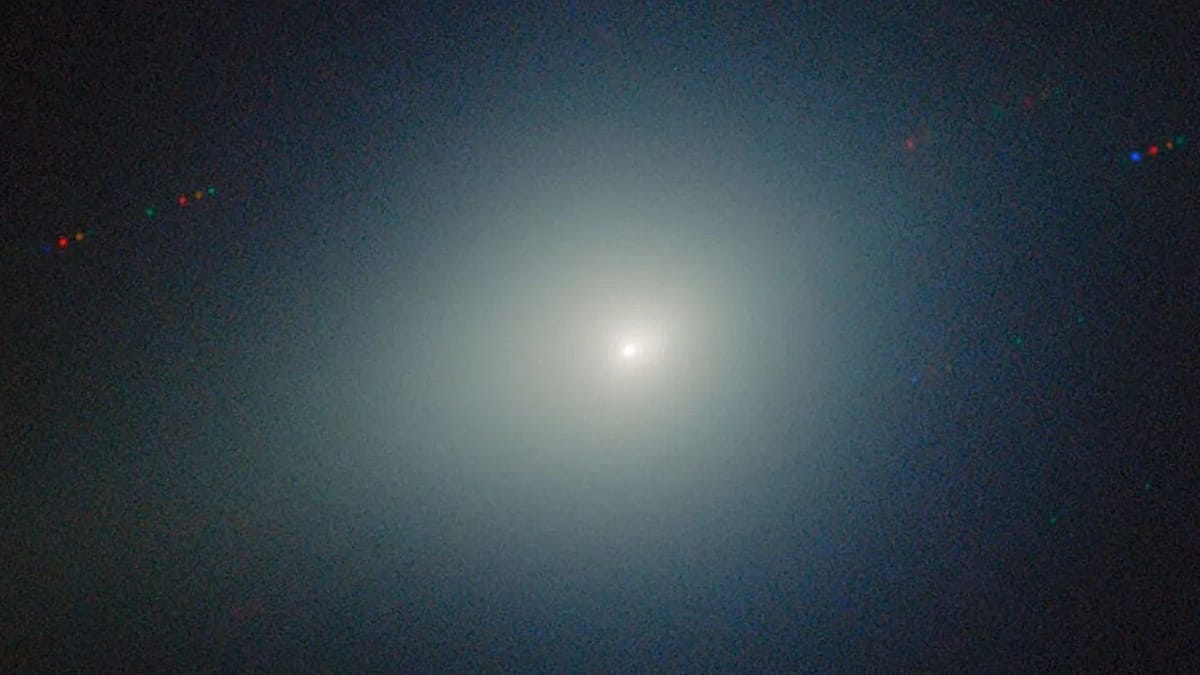
New images capture rare interstellar comet 3I/ATLAS passing through our Solar System
Published on
Two stunning new images of the interstellar comet 3I/ATLAS – one captured from Earth by the Gemini North…
Continue Reading
-
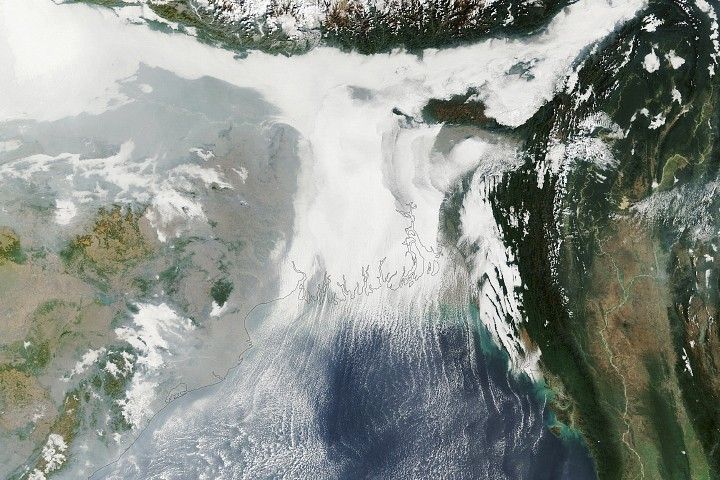
Ganges Delta Under a Winter Shroud of Fog
Winter weather took hold across the Indo-Gangetic Plain in early January 2026, bringing dense fog and cold temperatures to much of the flat, fertile lands that span from Pakistan and northern India to Bangladesh.
This image shows…
Continue Reading
-
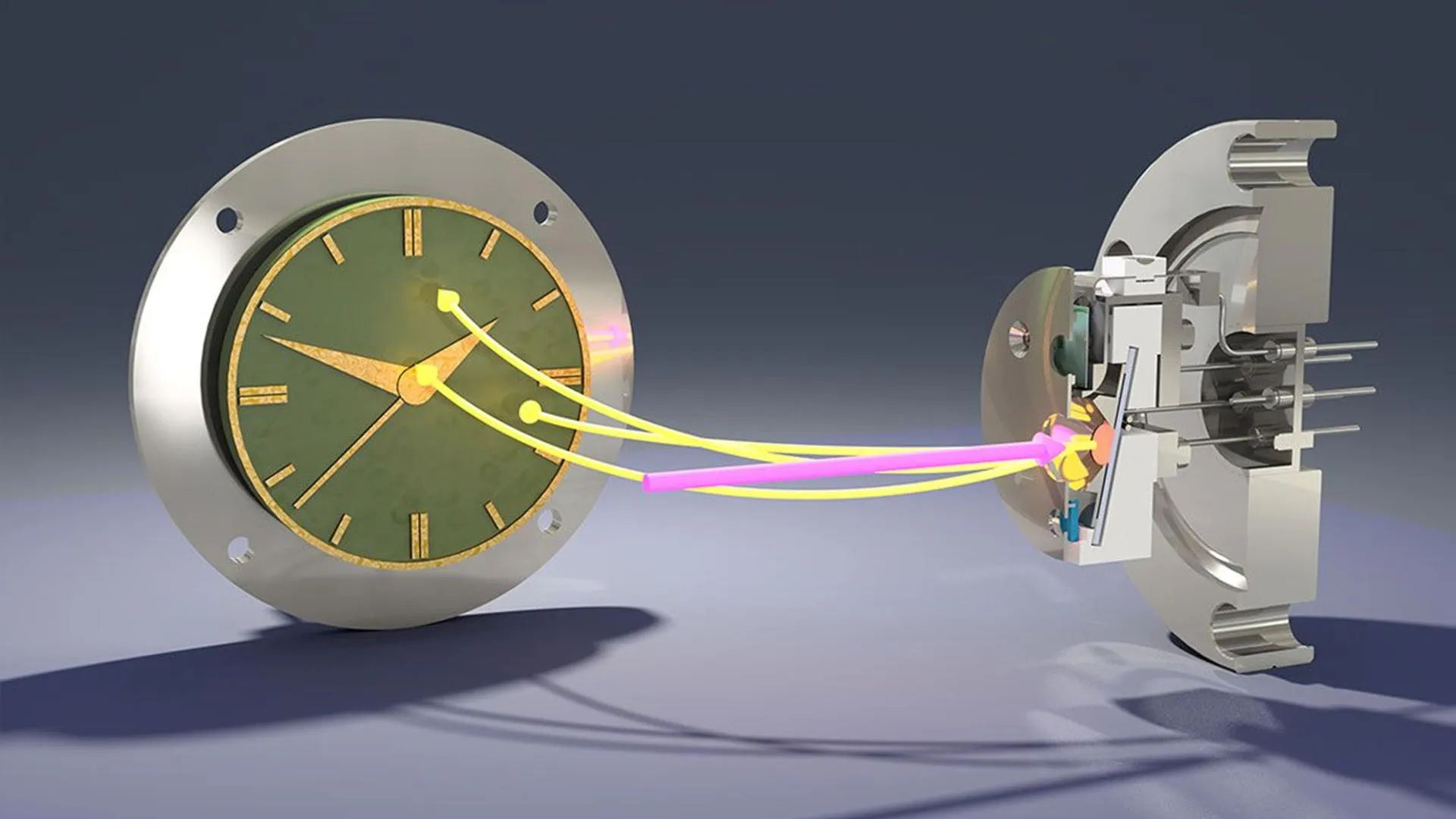
An old jeweler’s trick could change nuclear timekeeping
Last year, researchers led by UCLA achieved a milestone that physicists had pursued for half a century. They succeeded in making radioactive thorium nuclei absorb and release photons in a controlled way, similar to how electrons behave inside…
Continue Reading
-

Coffee-based staining offers eco-friendly solution for electron microscopy
Researchers at TU Graz have proven that espresso is a favourable alternative to the highly toxic and radioactive uranyl acetate in the analysis of biological samples.
To ensure that the tissue structures of biological samples are…
Continue Reading
-

Giant amoeba-infecting viruses offer new clues to the origin of eukaryotic life
The origin of life on Earth becomes even more fascinating and complex as we peer into the mysterious world of viruses. Said to have existed since living cells first appeared, these microscopic entities differ greatly from other…
Continue Reading
-
Scientists uncover mechanism behind natural “fertilizer factory” in plants-Xinhua
SHANGHAI, Jan. 9 (Xinhua) — A team of Chinese and international scientists has uncovered the precise mechanism behind one of nature’s most vital alliances: the partnership between legume plants and nitrogen-fixing bacteria. This finding has…
Continue Reading
-
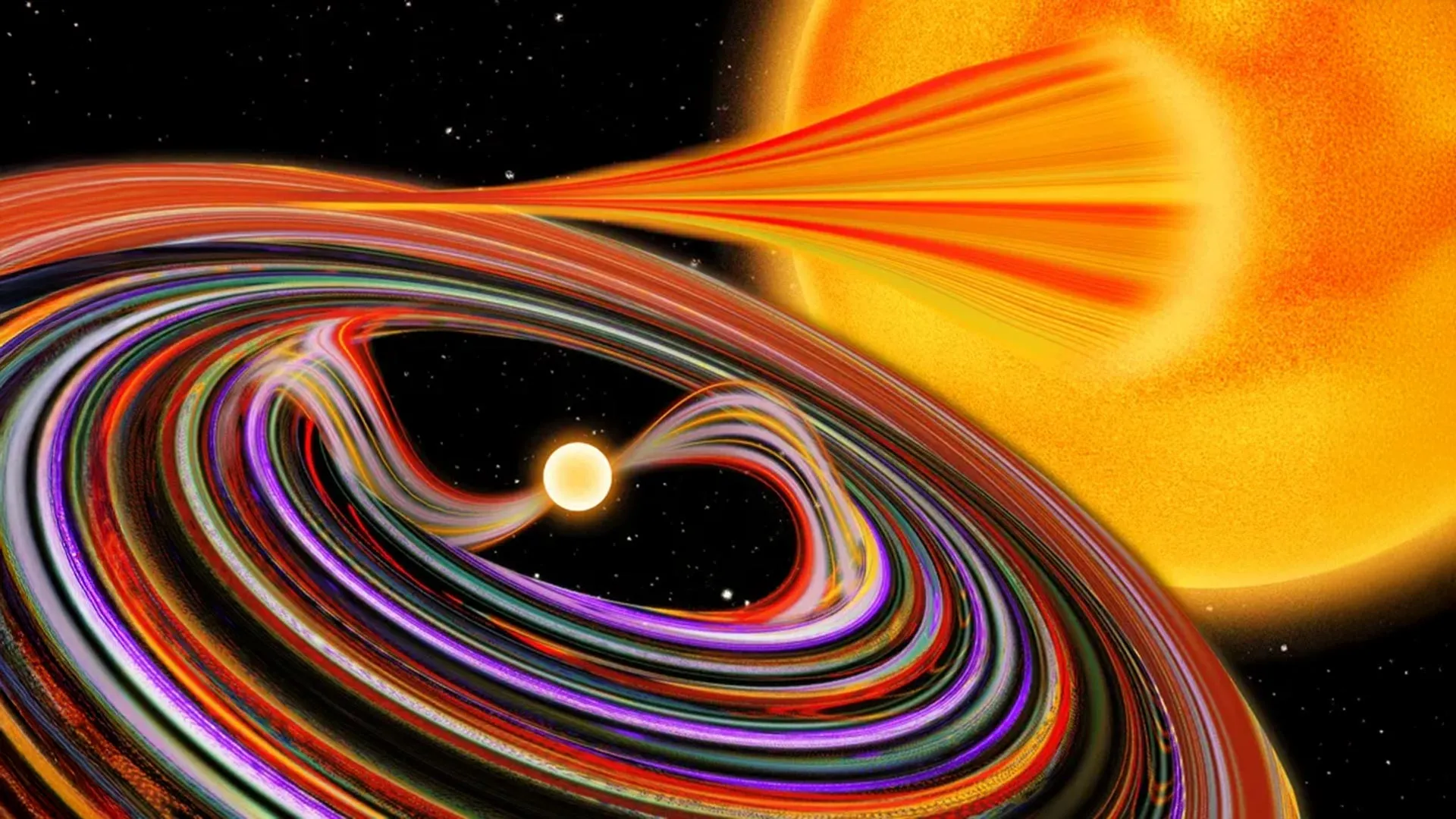
A white dwarf’s cosmic feeding frenzy revealed by NASA
Scientists have, for the first time, used NASA’s IXPE (Imaging X-ray Polarization Explorer) to investigate a white dwarf star. The mission’s ability to measure the polarization of X-rays allowed astronomers to closely examine EX Hydrae, a type of…
Continue Reading
